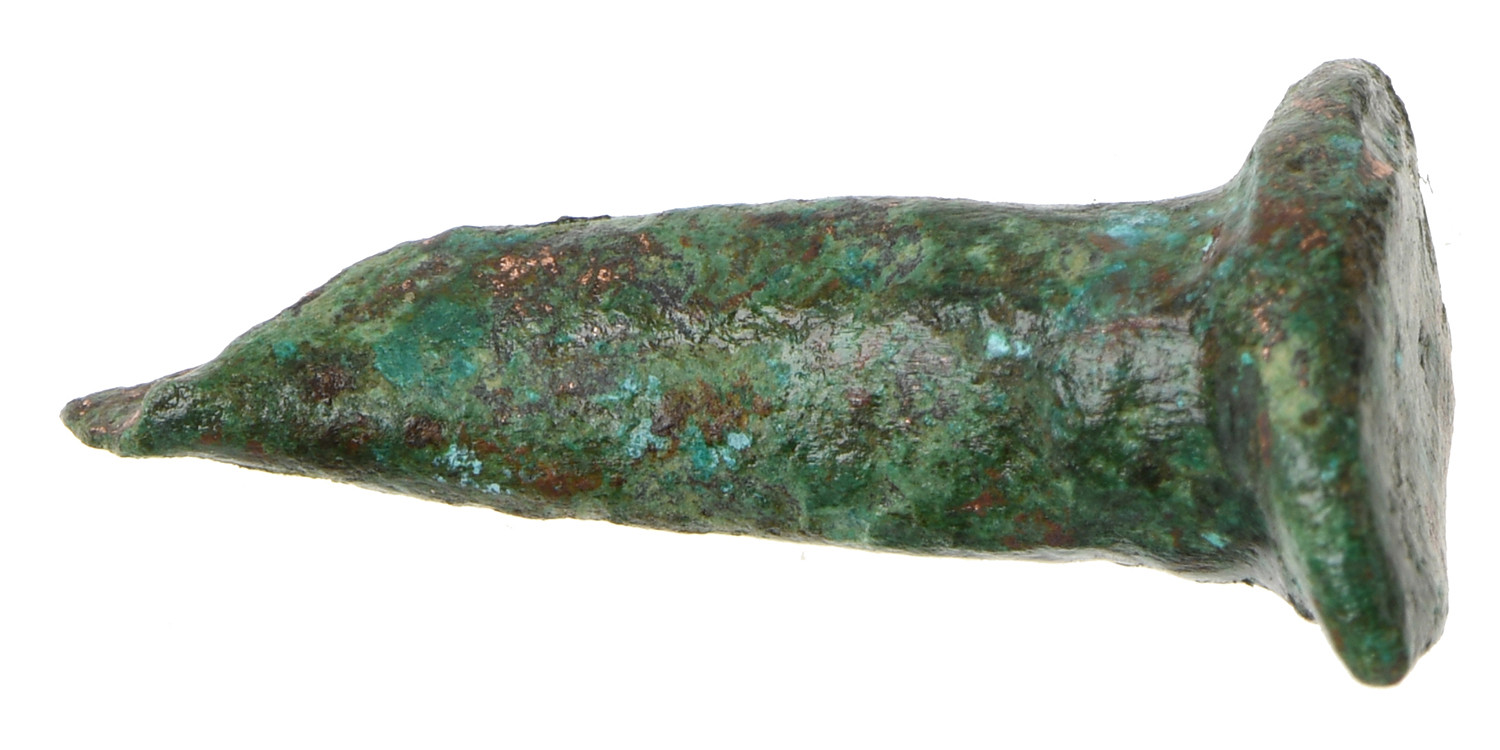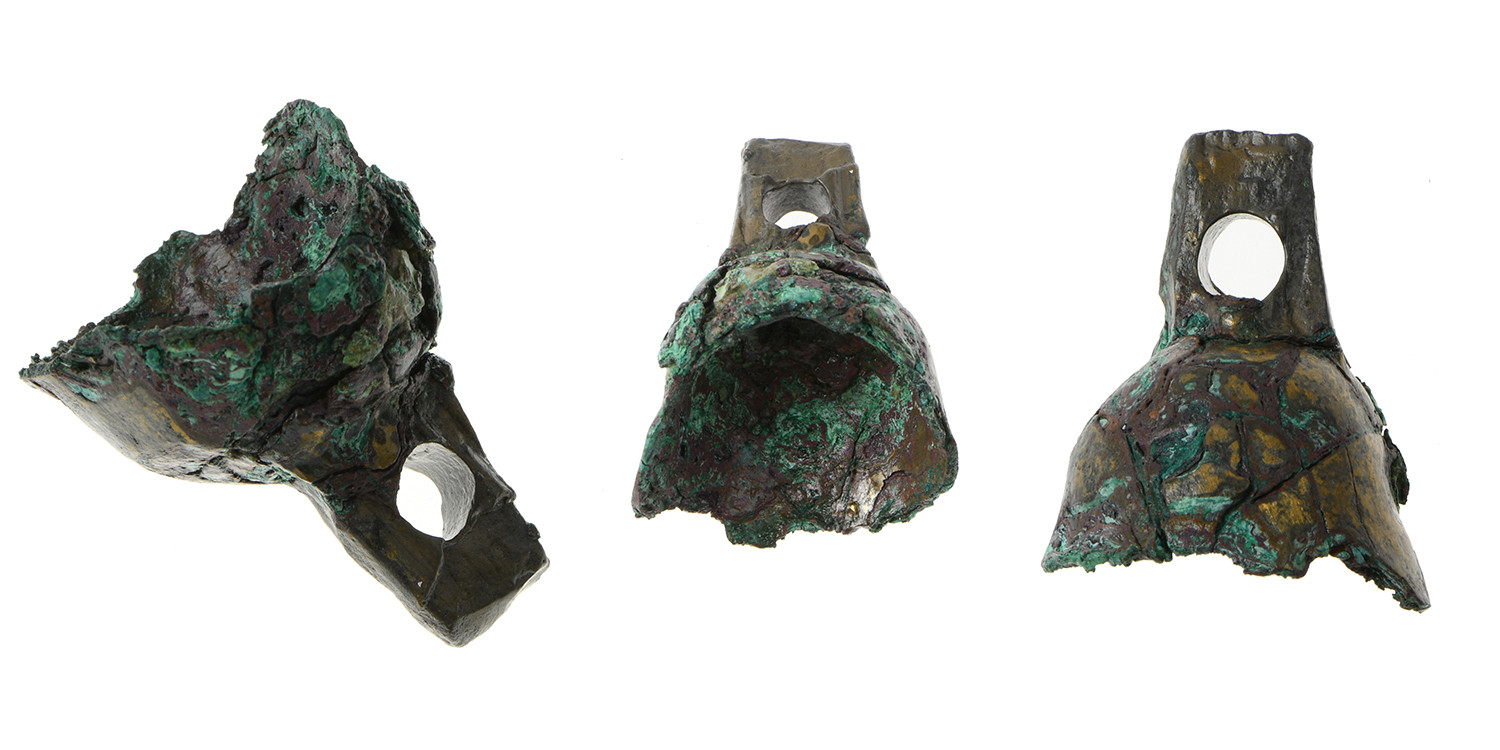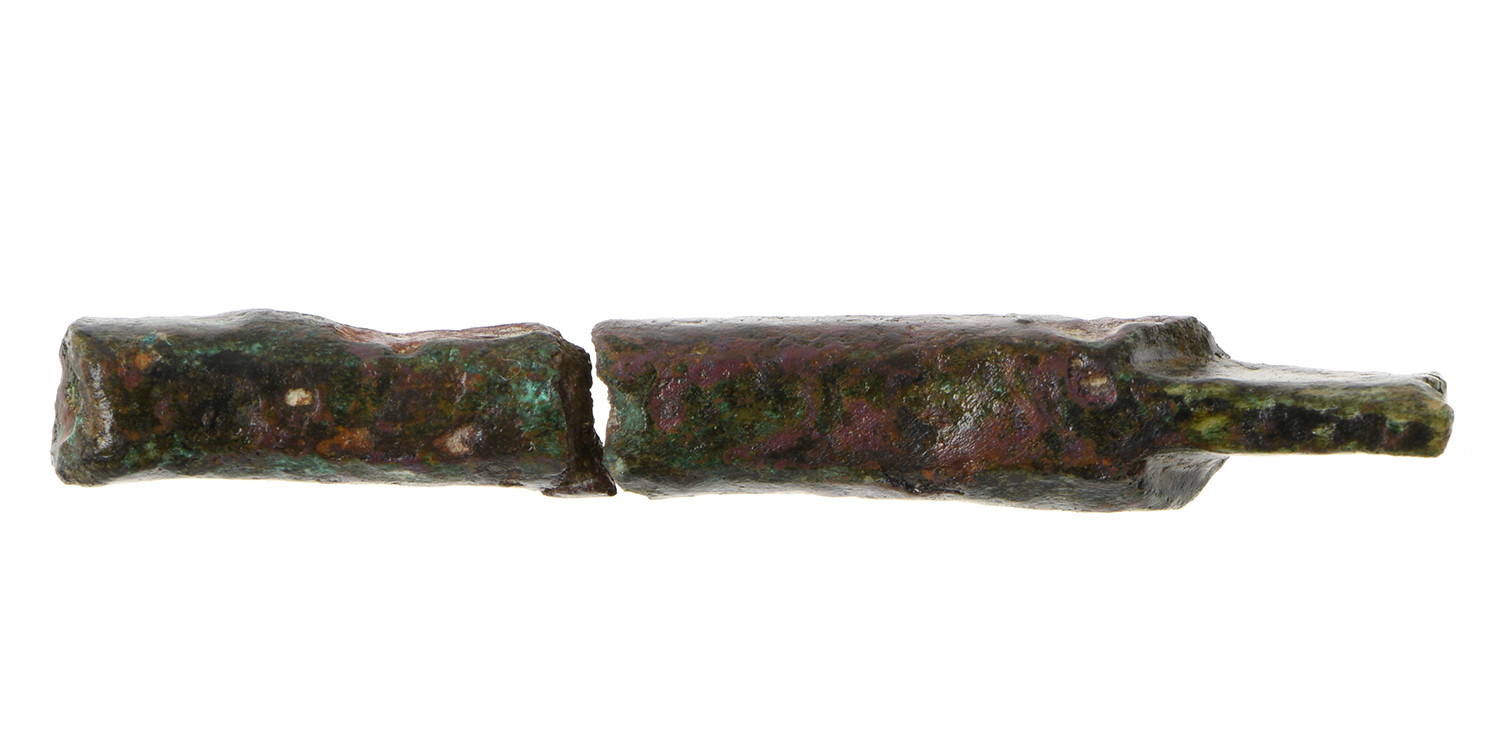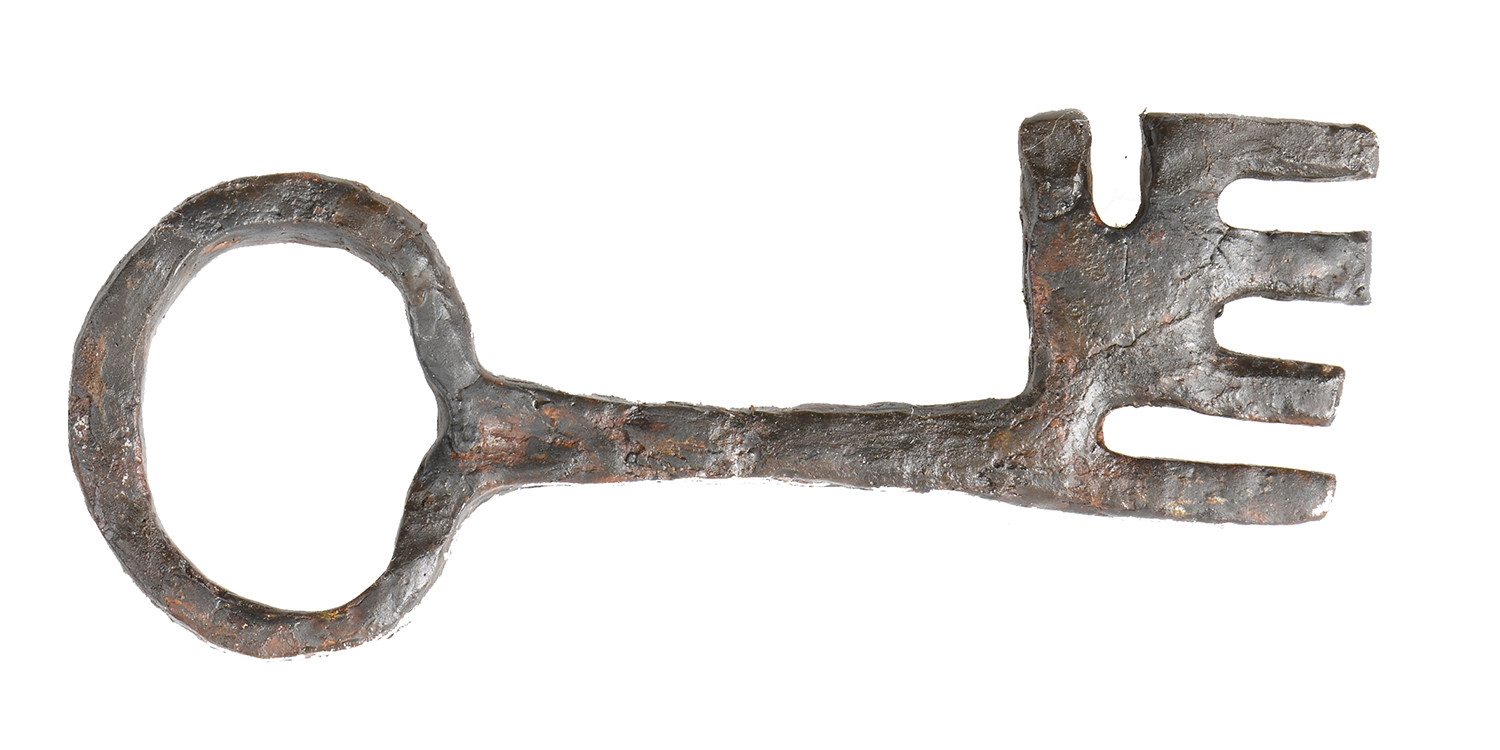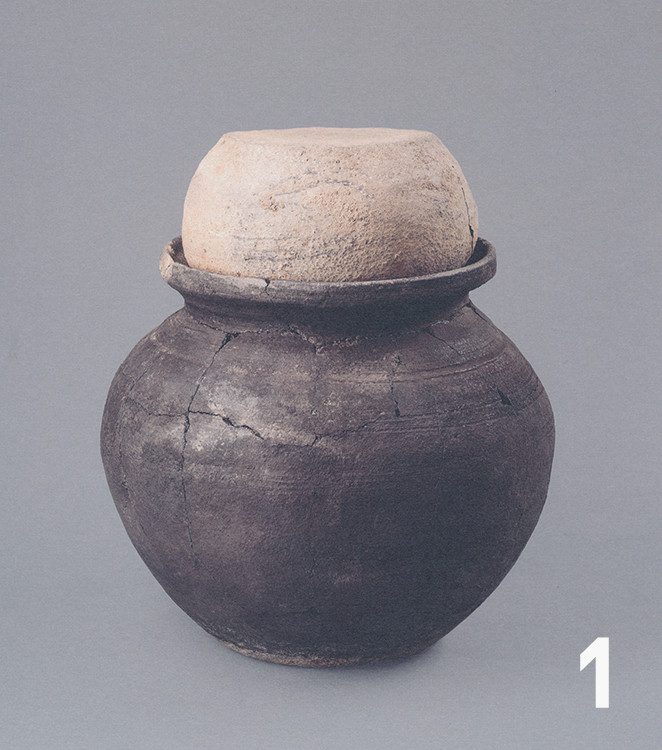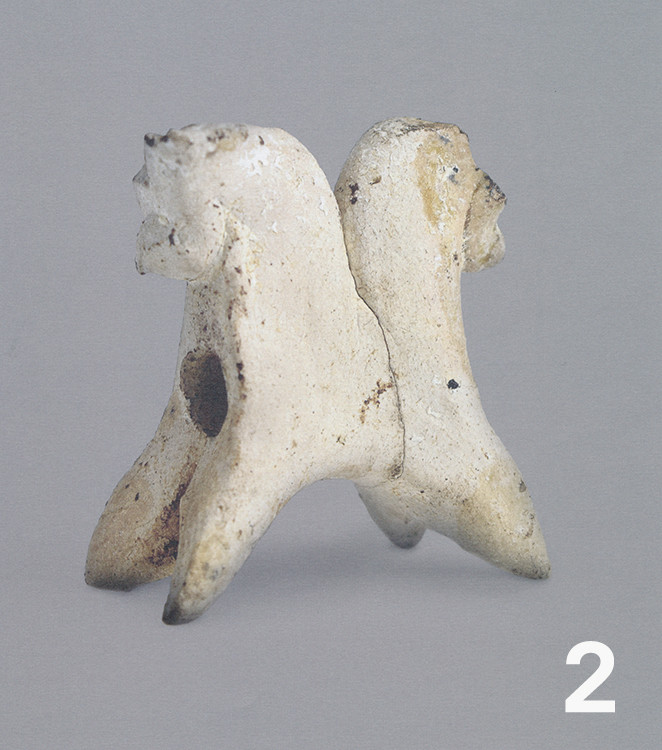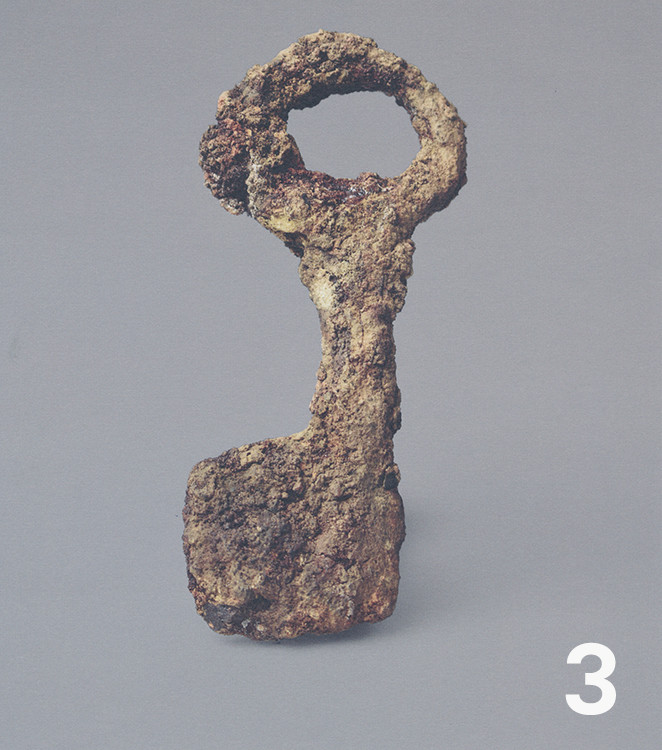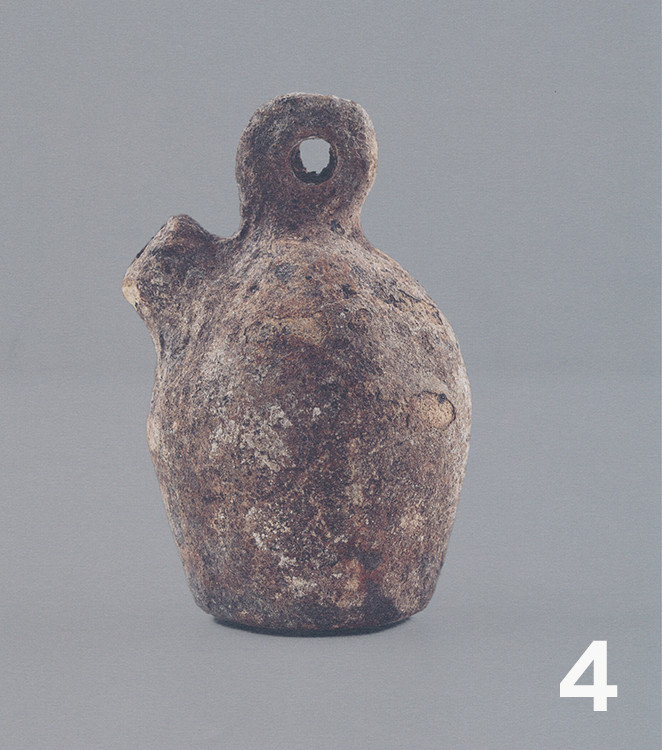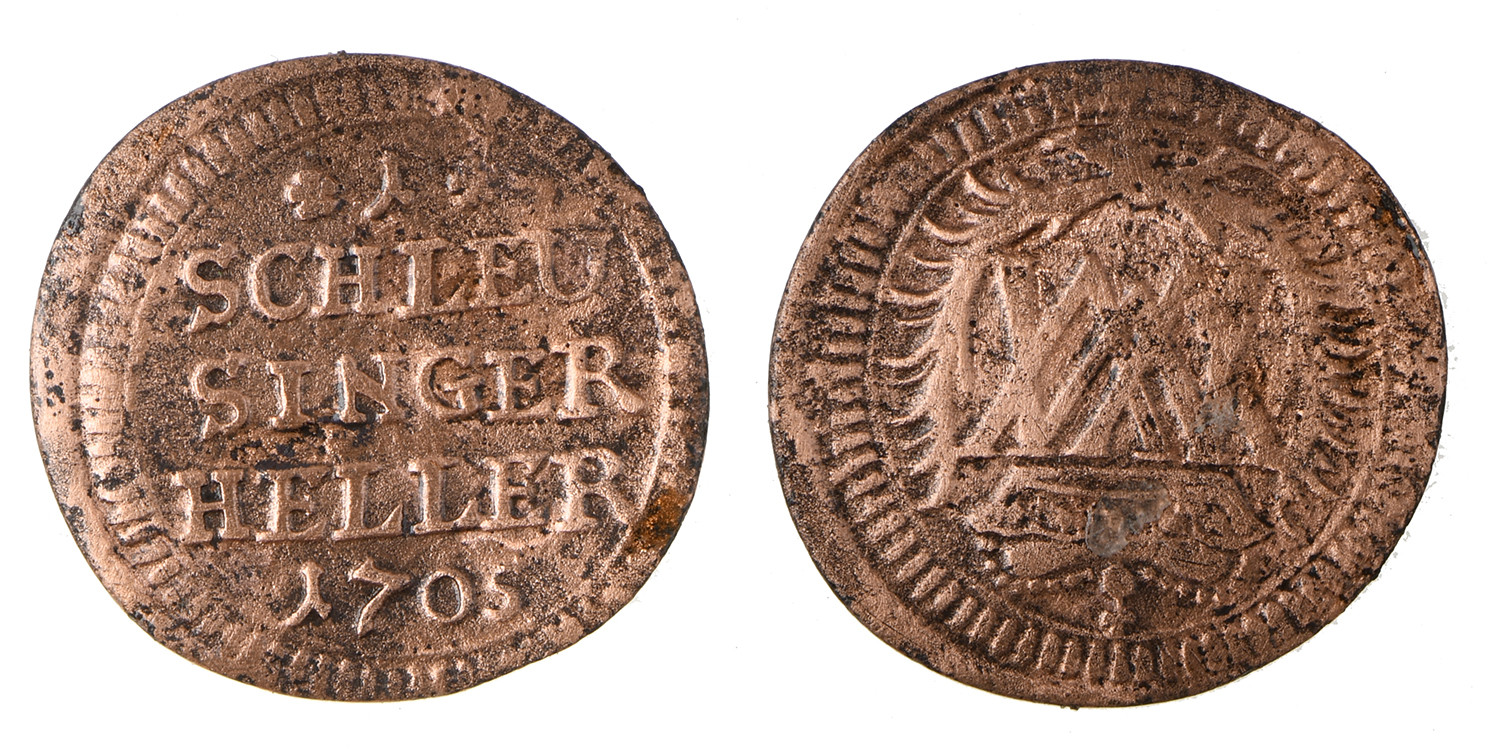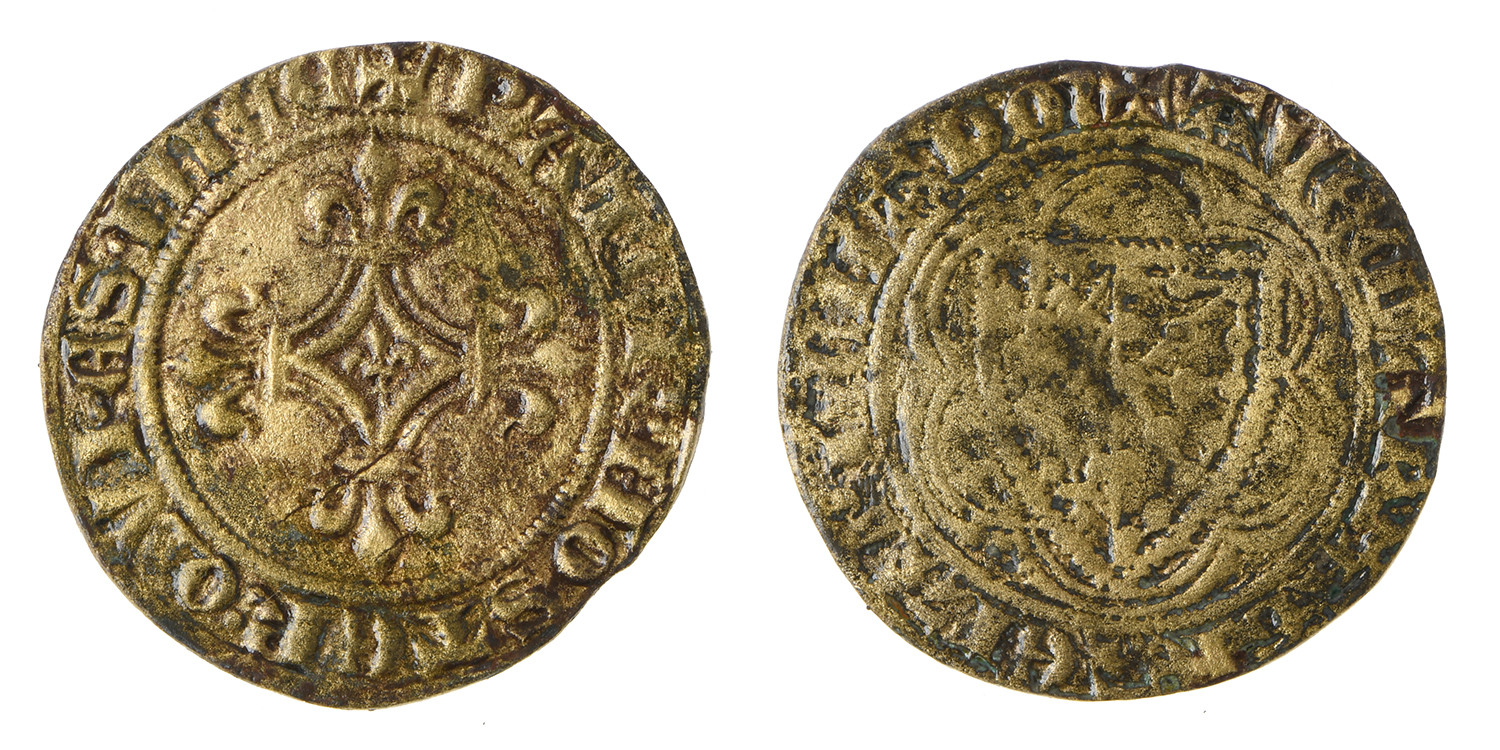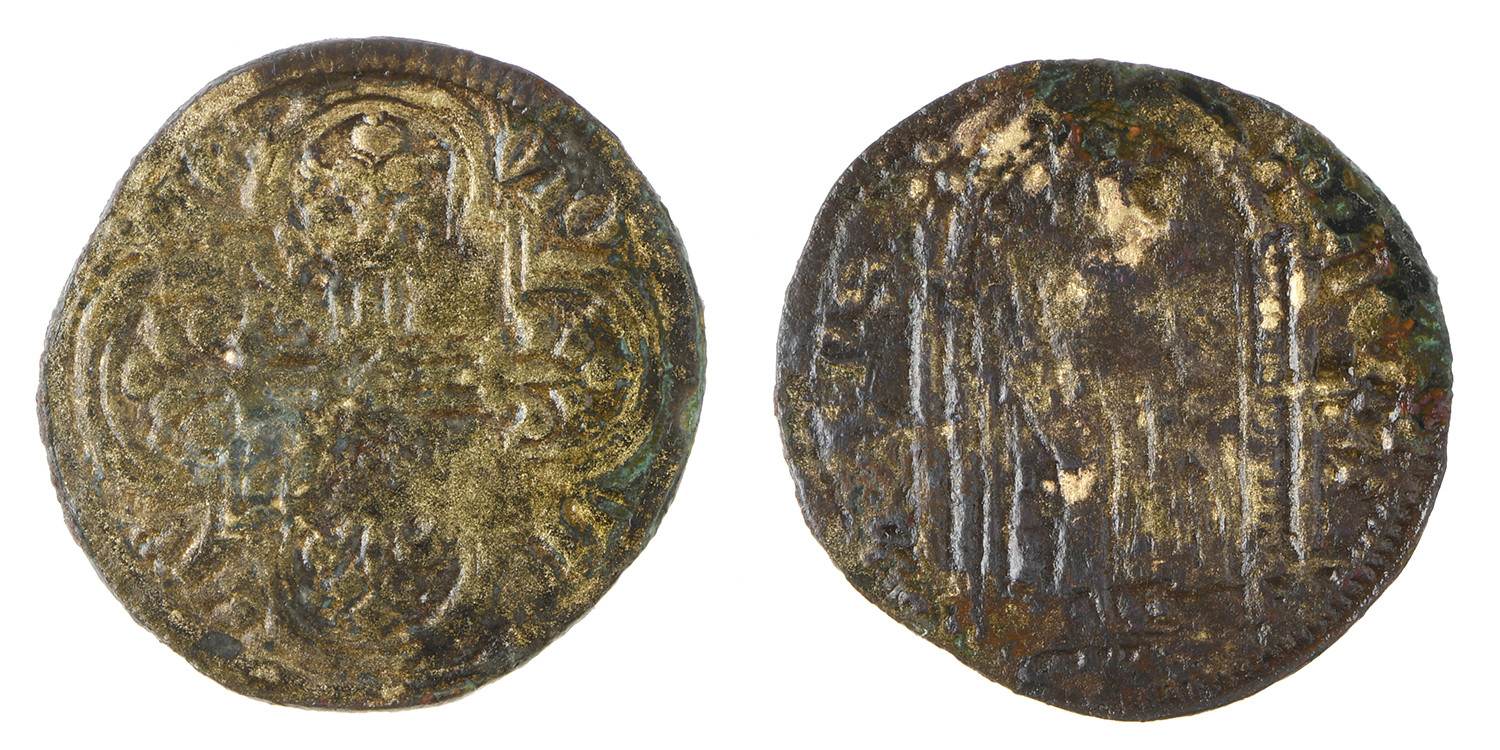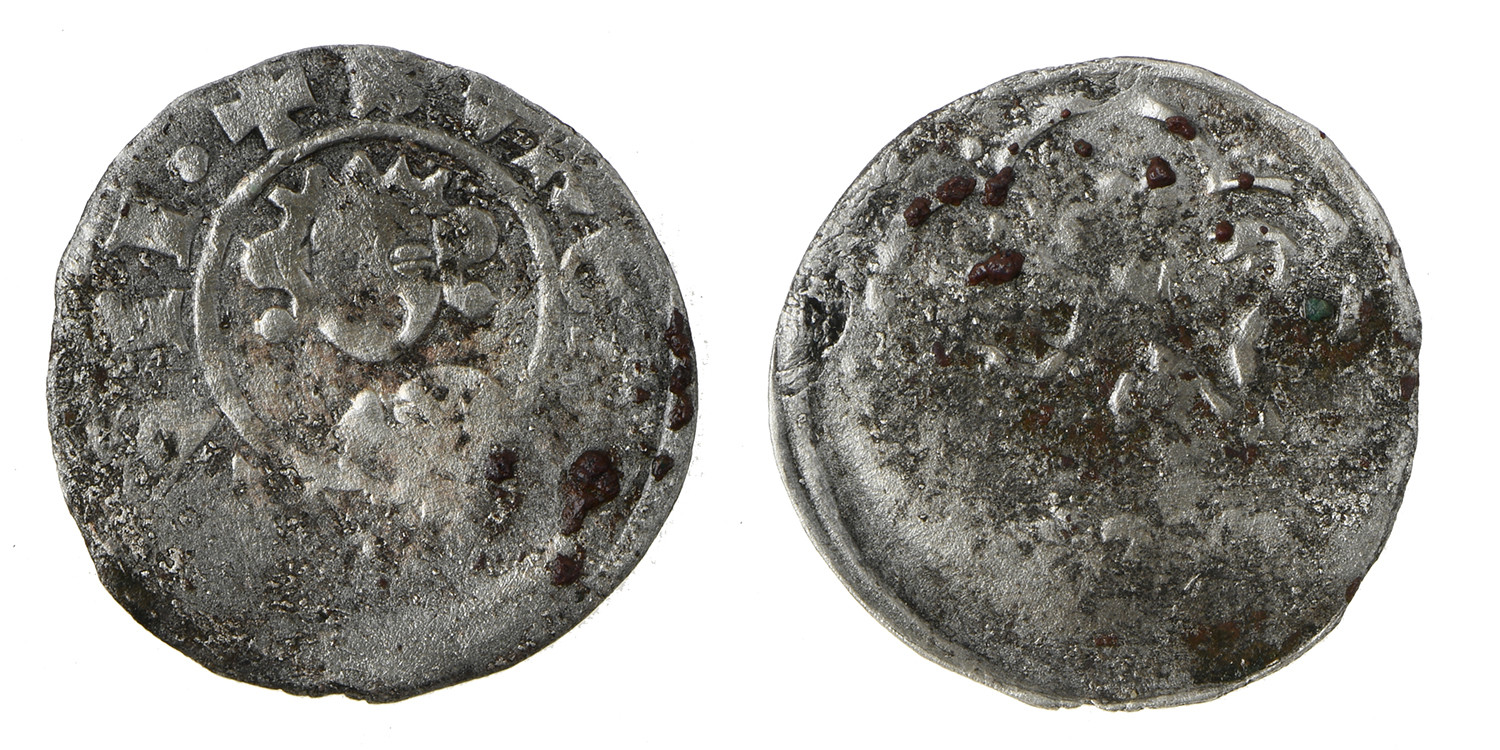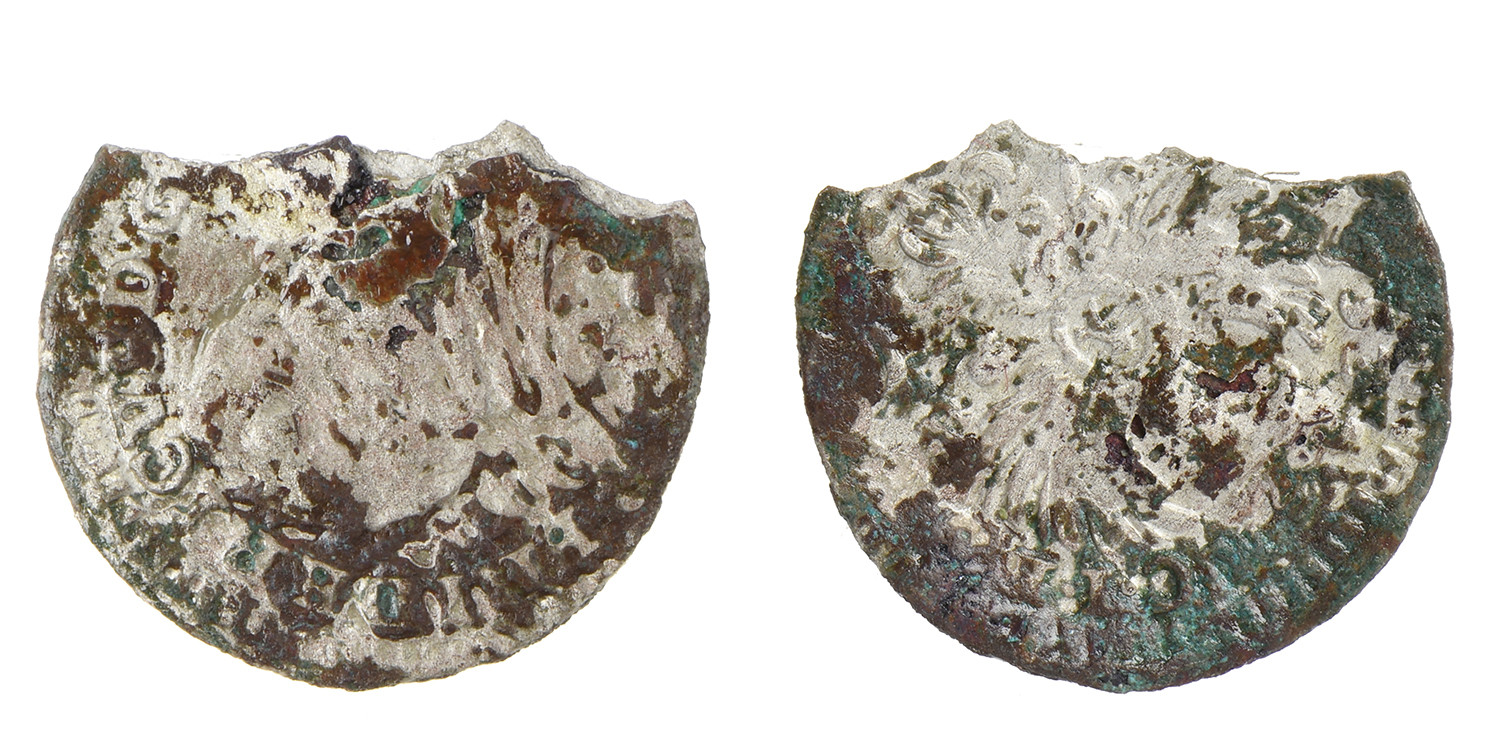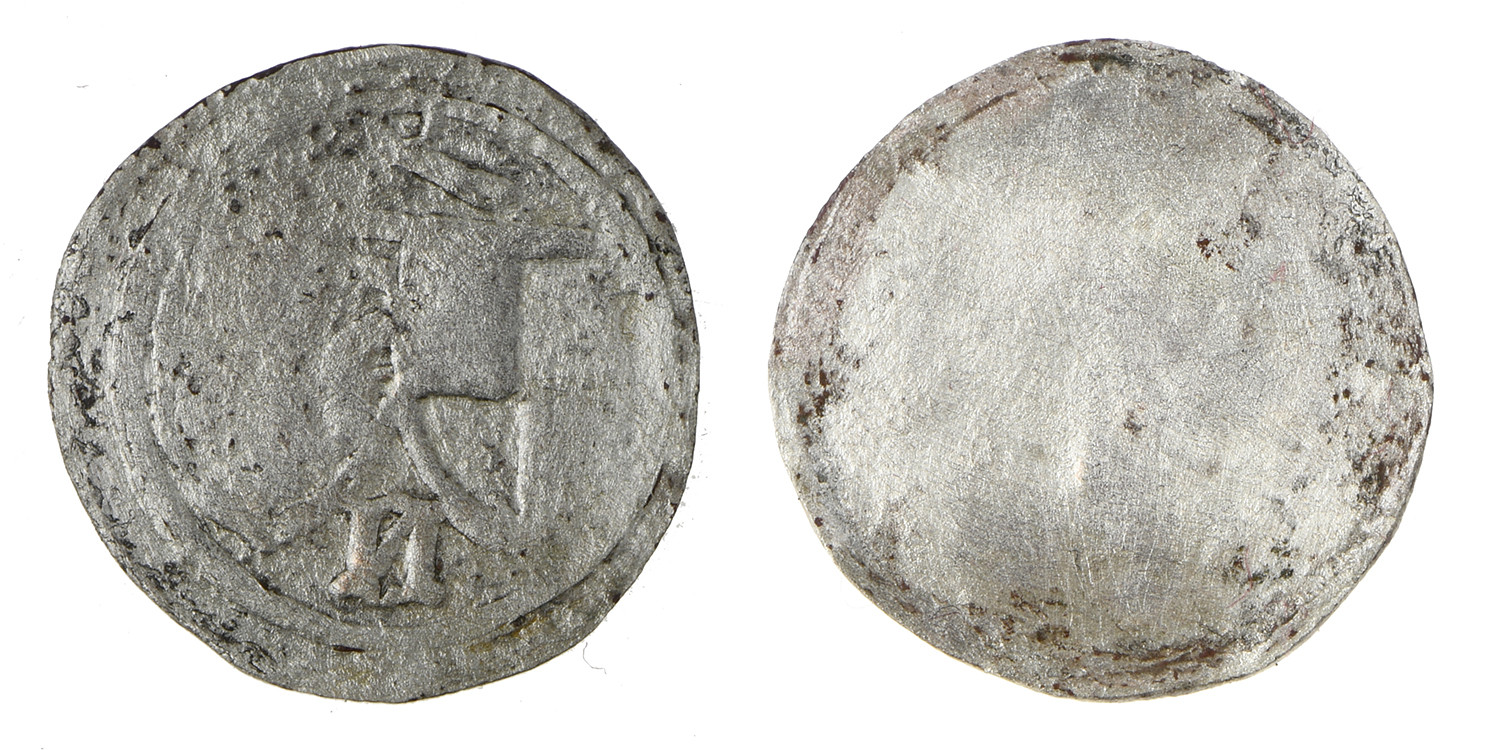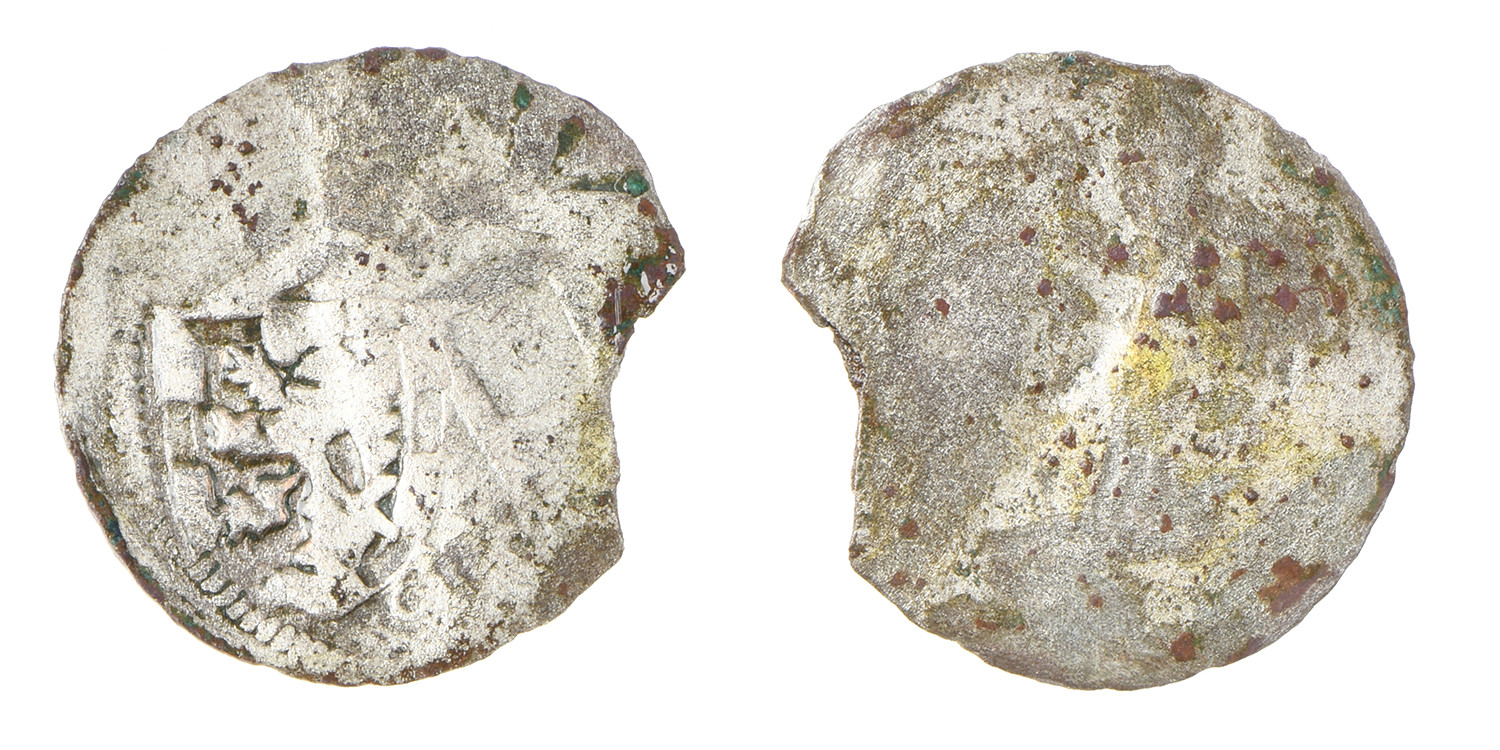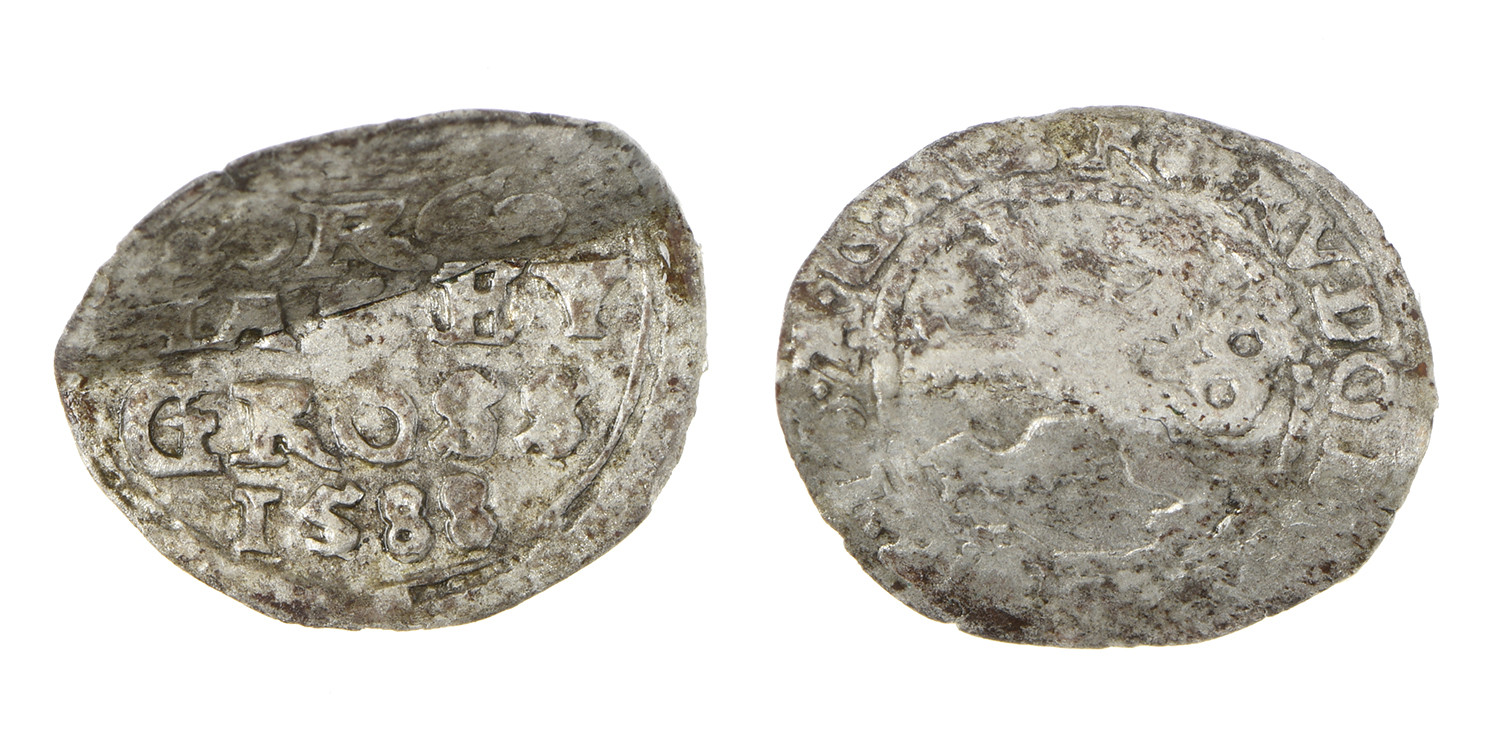Before construction began on the Lichtenfels Archive of the Future, archaeologists arrived to examine the ground for historical remains. What they discovered during their excavations was extraordinary and proves that Lichtenfels is older than previously thought. A large portion of the finds were scanned, 3D printed, and are on display in the Archive of the Future.
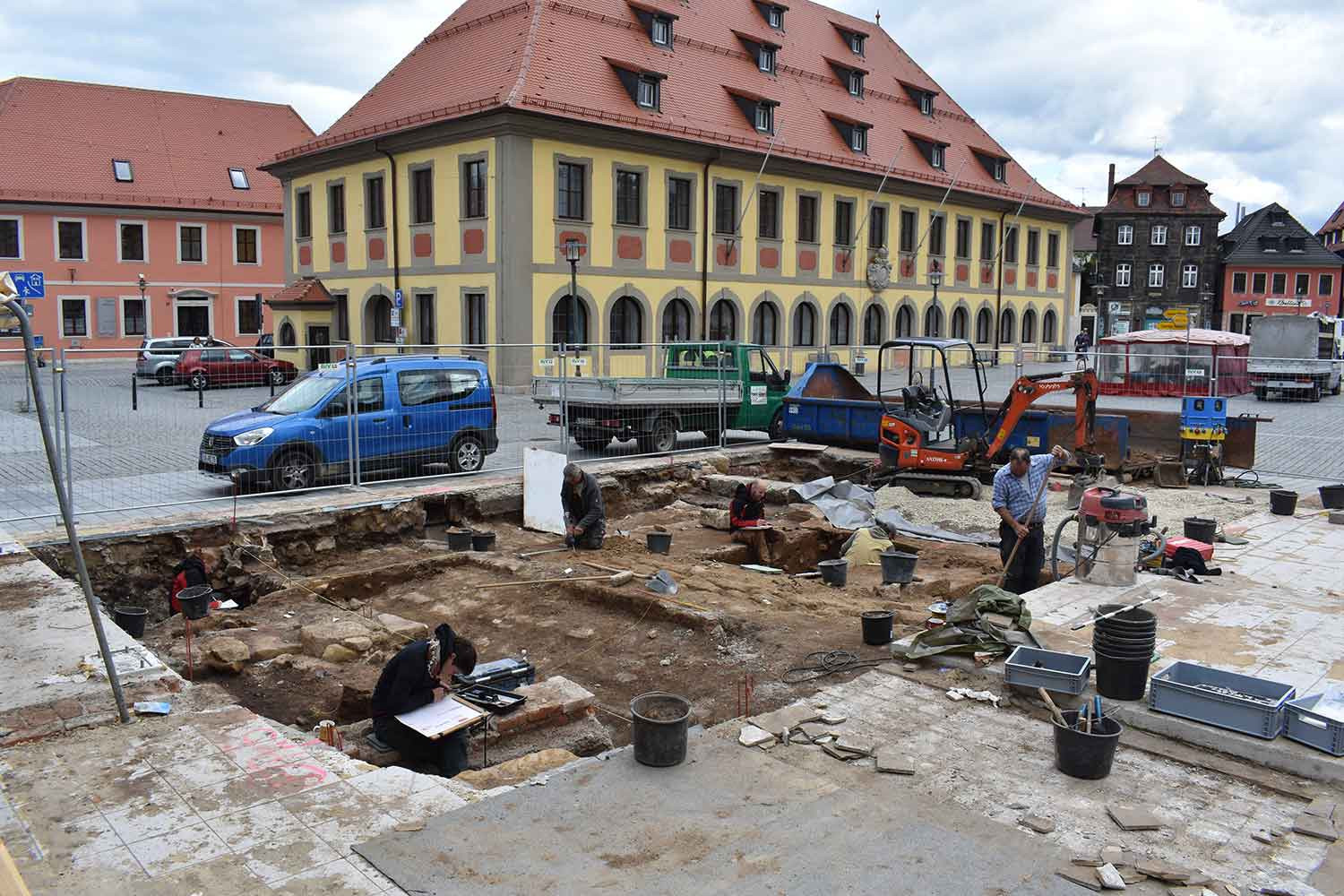
The Cellar Vault The cellar, on which the 18th-century building stood, which was demolished to make way for the Archive of the Future, is older than previously known. It is exquisitely crafted, with some of the stones lying end-to-end. The vault dates from the late Middle Ages, while the construction of the actual cellar indicates its origin in the late Romanesque period, around 1200. The almost square floor plan, in turn, suggests that a so-called residential tower with an excellent view of the market square stood here.
The cellar was exposed with surgical precision during the excavations, the vault was removed, numbered stone by stone, documented, and replaced in its correct position before construction work began. Taken together with the other finds, it changes the history of Lichtenfels, allowing it to be traced back at least 300 to 400 years. The cellar, including the residential tower that presumably towers above it, dates back to the first half of the 13th century, when the Andechs-Merani family expanded Lichtenfels into a town.
From left to right: Bronze nail - Bronze bell - Part of a folding scale - Key after restoration

Together with his colleague Maria Messingschlager, Michael Jandejsek was responsible for the excavations at the construction site.
Three questions for the archaeologist.
From what period do the finds uncovered during the excavation beneath the Archive of the Future date?
MJ: Some shards already provide evidence of settlement at this site in the late Imperial period, i.e., in the 4th or 5th century AD. Verifiable continuous settlement activity can be traced from the 8th or 9th century onward. The finds date from this period through the Middle Ages to the construction of the previous building in the 18th century.
What do these finds mean for the history of Lichtenfels?
MJ: The first mention of the site dates back to 1142 and refers to a castle belonging to Litenuel on the hill of today's city palace, the so-called Kastenboden. This is the earliest historical evidence. However, it is often the case that there are no written sources about the origins of a place, and archaeology can provide information. We can now understand how, at the intersection of two long-distance trade routes – one leading from Bamberg to Leipzig, the other branching off to Coburg – a settlement emerged from the 8th/9th century onwards, which developed into a market town and was expanded into a town in the first half of the 13th century under the Andechs-Merani family.
Which of the finds impressed you the most?
MJ: As an archaeologist, you usually only deal with shards or fragments. But we came across a vessel deposit dating from around 1000. A completely preserved vessel ensemble in the ground, i.e., a vessel with a cover, deliberately placed there, is something rather rare. It is probably a kind of construction sacrifice for a wooden building. This is indicated by the massive post holes documented during the excavations. They belong to a settlement that is associated with the construction of a castle on the Kastenboden hill by the Margraves of Schweinfurt in the early 11th century, as assumed by historical research.
1. This vessel ensemble from around 1000 AD is likely a building offering. The contents have not survived the test of time, leaving us to speculate about their actual purpose.
2. The small playing piece in the shape of a two-headed horse may have been part of a chess set and dates back to the 13th century.
3. The key, shown here in its original condition and before restoration, is dated to the 12th or 13th century.
4. A miniature vessel from the 13th century. It may have contained scented oil. Inside is a ball that may have been used to shake up the liquid.
Copper and silver coin finds from different centuries.
